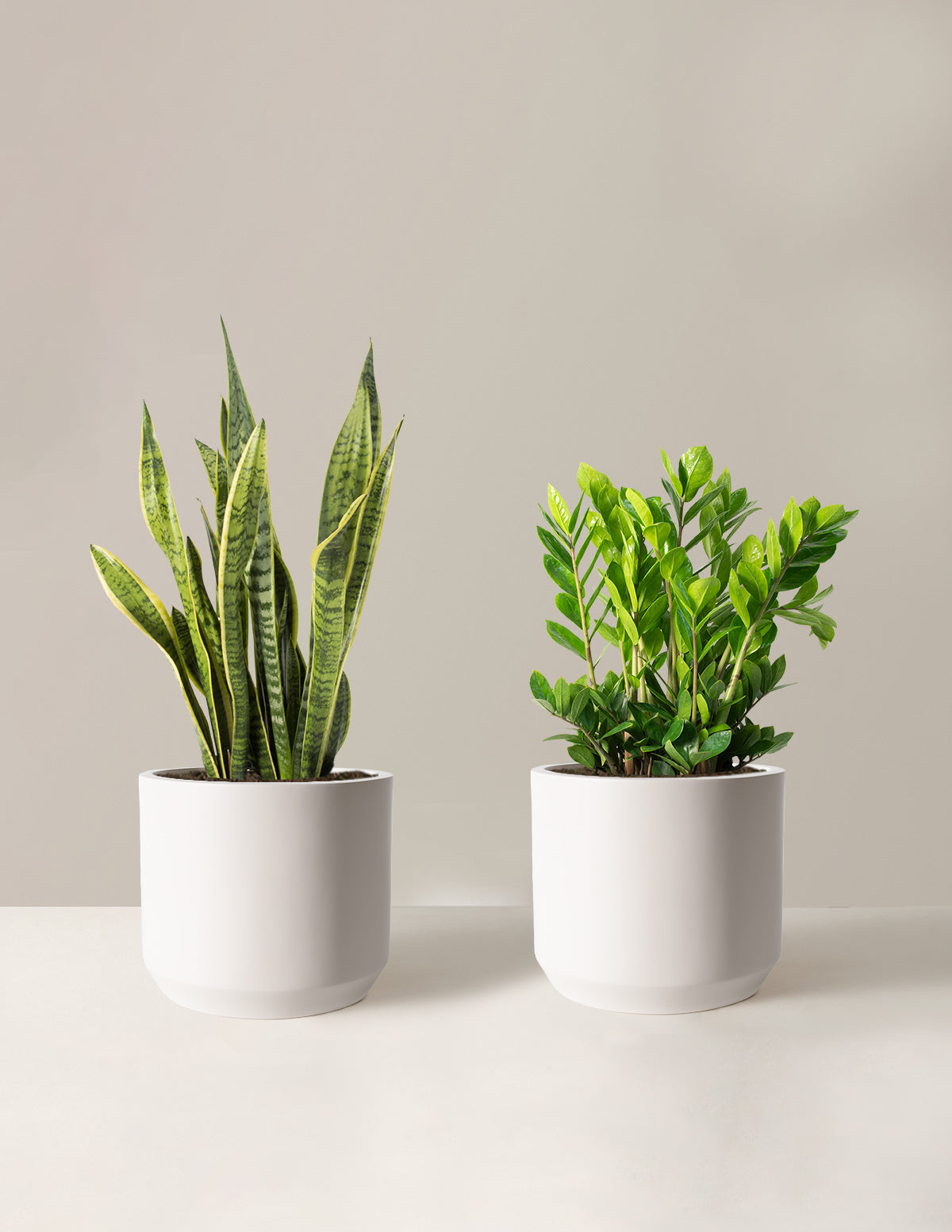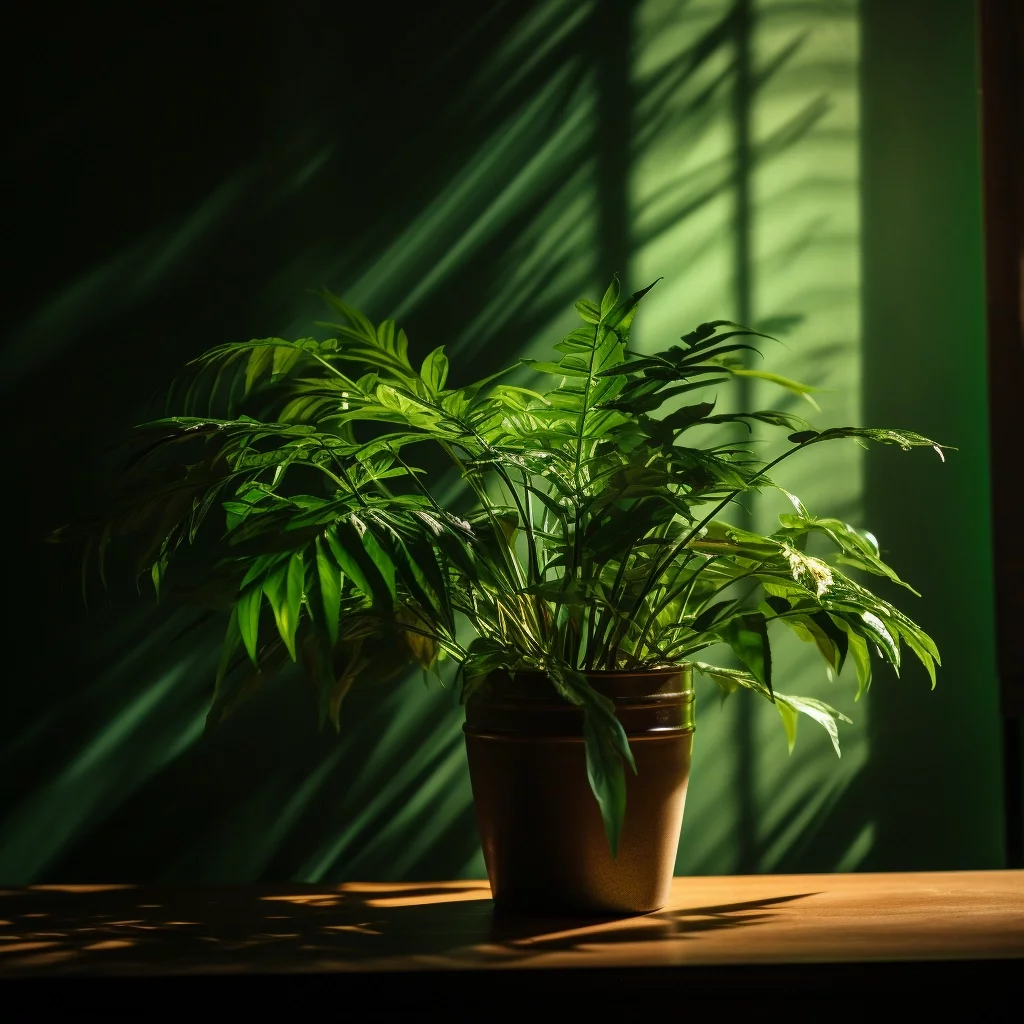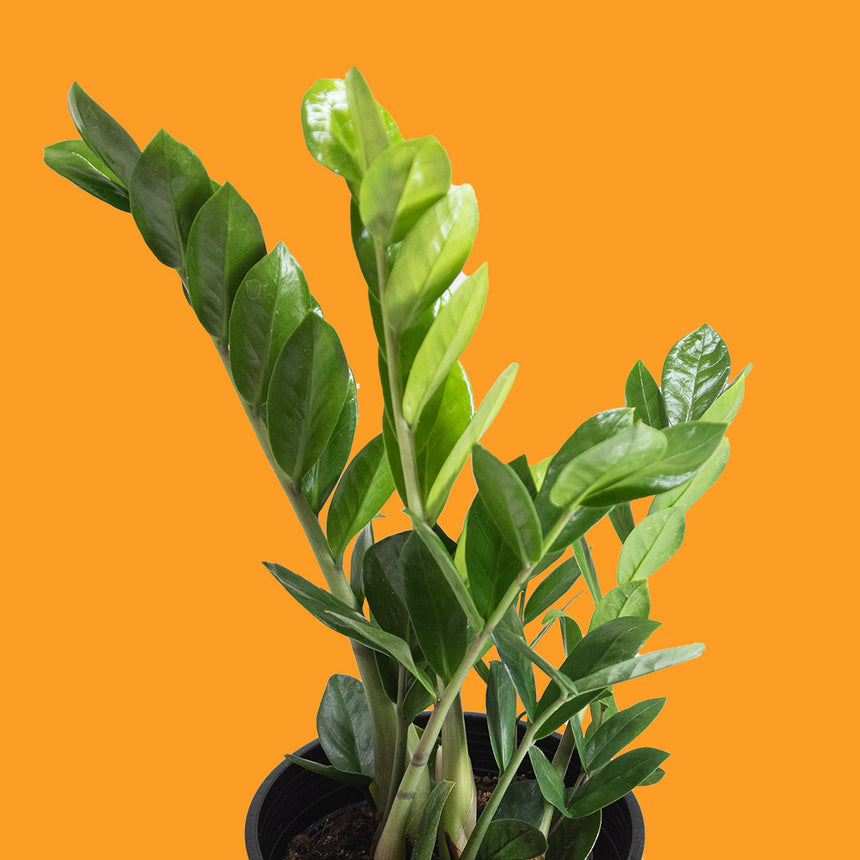Top 10 Best Low-Light Indoor Plants for Dark Rooms and Apartments
Top 10 Best Low-Light Indoor Plants for Dark Rooms and Apartments
Blog Article
Transform Your Home With Beautiful Low-Light Indoor Plants and Their Benefits
Incorporating low-light indoor plants right into your home can considerably boost both the ecological and aesthetic high quality of your living rooms. These plants, which thrive in dark problems, serve not just as attractive elements however additionally as natural air purifiers, making them excellent for urban residents or those with minimal sunlight exposure. As we discover the numerous sorts of low-light plants and their benefits, you might locate surprising methods to incorporate them right into your home that can change your surroundings in ways you may not have actually prepared for.
Advantages of Low-Light Plants
Low-light plants offer many benefits for interior settings, making them an excellent choice for both newbie and experienced garden enthusiasts. Among the main advantages is their adaptability to low-light conditions, allowing people to improve their space without the requirement for substantial sunshine direct exposure. This characteristic makes them optimal for homes, workplaces, and various other locations with minimal all-natural light.

In addition, integrating low-light plants right into home decoration can raise the visual appeal of a space. Their lush foliage and varied structures produce a relaxing environment, adding to general wellness. Lastly, the existence of plant has actually been linked to reduced stress and anxiety degrees and enhanced performance, making low-light plants a useful choice for boosting both physical and psychological wellness in interior settings.
Top Low-Light Indoor Plants
While numerous interior plants thrive in bright light, several species are particularly well-suited for low-light problems, making them optimal for various indoor rooms. One preferred option is the Snake Plant (Sansevieria), understood for its striking upright leaves and resilience, calling for marginal care. One more excellent option is the Pothos (Epipremnum aureum), which features heart-shaped leaves and can trail perfectly from shelves or wall mounts, growing in low light and including a lavish touch.
The ZZ Plant (Zamioculcas zamiifolia) is commemorated for its shiny leaves and capability to withstand forget, making it perfect for busy lifestyles. Likewise, the Tranquility Lily (Spathiphyllum) not just tolerates reduced light yet likewise creates stunning white blossoms, boosting any type of room's aesthetic.
For a distinct touch, consider the Cast Iron Plant (Aspidistra elatior), which undoubtedly measures up to its name, prospering in the darkest corners of your home. Last but not least, the Chinese Evergreen (Aglaonema) supplies a range of fallen leave patterns and shades while being extremely flexible in low-light conditions. These plants not only beautify interior environments yet also contribute to air filtration, boosting your living space.
Treatment Tips for Low-Light Plants

Sprinkling techniques are critical; these plants frequently favor slightly completely dry conditions. Overwatering can cause root rot, so make certain that the top inch of dirt is completely dry before watering again. Use pots with drainage holes to permit excess dampness to escape.
Humidity is another important variable. Numerous low-light plants, such as brushes and peace lilies, take advantage of greater humidity degrees. To increase moisture, take into consideration misting the fallen leaves or putting a tray of water near the plants.
Fertilization needs to be come close to with care. Throughout the growing period, utilize a diluted, balanced liquid plant food monthly to support development, however avoid click site feeding during the inactive winter find out season months.

Creative Ways to Present Plants
Indoor plants can act as exciting focal points in any room, boosting both aesthetic appeal and setting. Imaginative screens can elevate the visual impact of low-light plants, making them an indispensable part of your home decoration. One effective approach is to use tiered plant stands, which permit you to showcase multiple plants at varying elevations while making the most of floor room.
Hanging planters are another cutting-edge alternative, developing a sense of depth and attracting the eye up. Take into consideration macramé wall mounts or wall-mounted shelves to present an unique appearance and design.
For a much more structured strategy, use geometric terrariums or glass containers to house your plants, adding a contemporary touch to your interior garden. You can also repurpose classic products, such as teacups or wooden pet crates, for an eclectic display that shows your personality.
Enhancing Home Atmosphere With Plants
Integrating low-light plants right into your home not only boosts visual appeal but also adds dramatically to the general atmosphere. These plants function as natural decor components, introducing a feeling of serenity that can change any room. The visibility of greenery fosters a calming environment, which is specifically valuable in high-stress settings such as office or living areas.
Low-light plants, such as serpent plants, pothos, and ZZ plants, are not just aesthetically pleasing however additionally boost interior air top quality by filtering system contaminants. This double function boosts the setting better, developing a healthier home (Best low-light indoor plants). The tactical positioning of these plants can additionally affect the perception of space; for example, tall plants can check my source draw the eye upwards, making ceilings show up greater and rooms extra roomy
In addition, varying appearances and colors of vegetation include deepness to interior decoration, enabling imaginative expression in home styling. Whether positioned on shelves, in corners, or as centerpieces, low-light plants can boost the mood of any space. In recap, incorporating these plants into your home is an effective means to cultivate a cozy, welcoming atmosphere while profiting of boosted air quality and visual adaptability.
Conclusion
Including low-light indoor plants into home atmospheres uses many benefits, including improved visual appeal and enhanced air high quality. These resistant plants, such as the Serpent Plant and Tranquility Lily, require minimal light and maintenance, making them suitable for varied lifestyles. Their capacity to filter pollutants adds to a much healthier living area, while their diverse appearances and shades improve interior style (Best low-light indoor plants). Eventually, the addition of low-light plants fosters a serene and welcoming atmosphere, changing any kind of home right into a peaceful oasis.
While several interior plants flourish in intense light, several species are especially fit for low-light conditions, making them ideal for numerous interior rooms. One efficient method is to make use of tiered plant stands, which permit you to showcase several plants at varying elevations while maximizing flooring area.
Low-light plants, such as snake plants, pothos, and ZZ plants, are not just visually pleasing however also enhance interior air top quality by filtering toxins. Best low-light indoor plants. The tactical placement of these plants can also influence the assumption of area; for circumstances, high plants can draw the eye upwards, making ceilings appear higher and spaces much more spacious
These resilient plants, such as the Serpent Plant and Tranquility Lily, call for minimal light and upkeep, making them ideal for diverse lifestyles.
Report this page